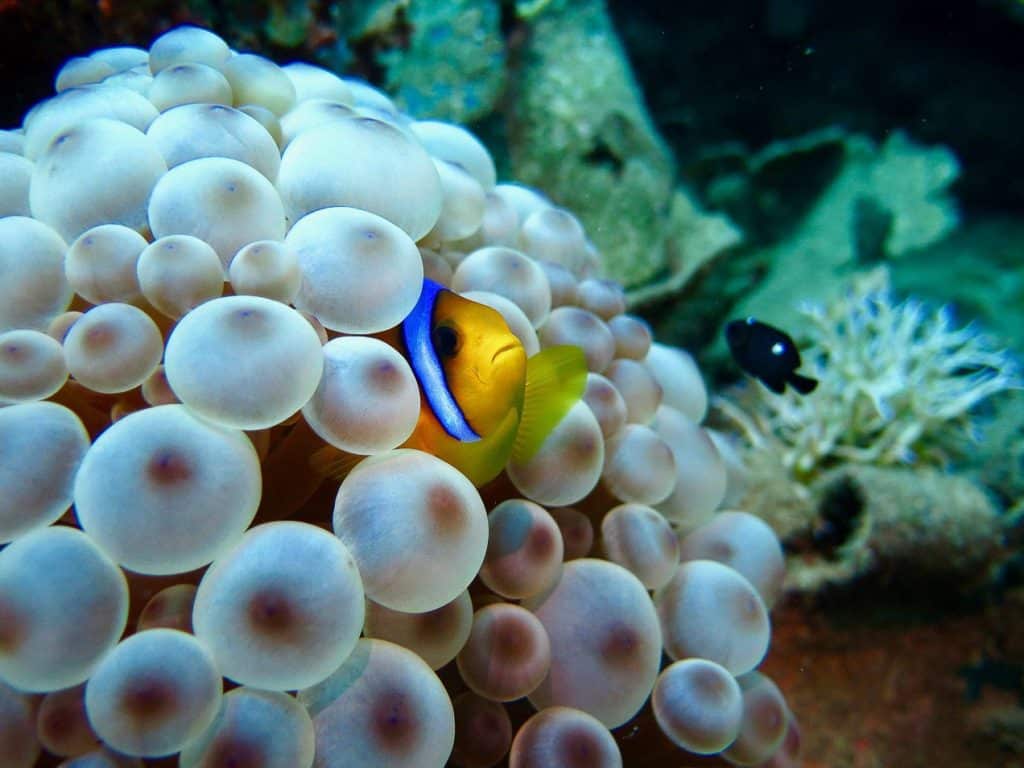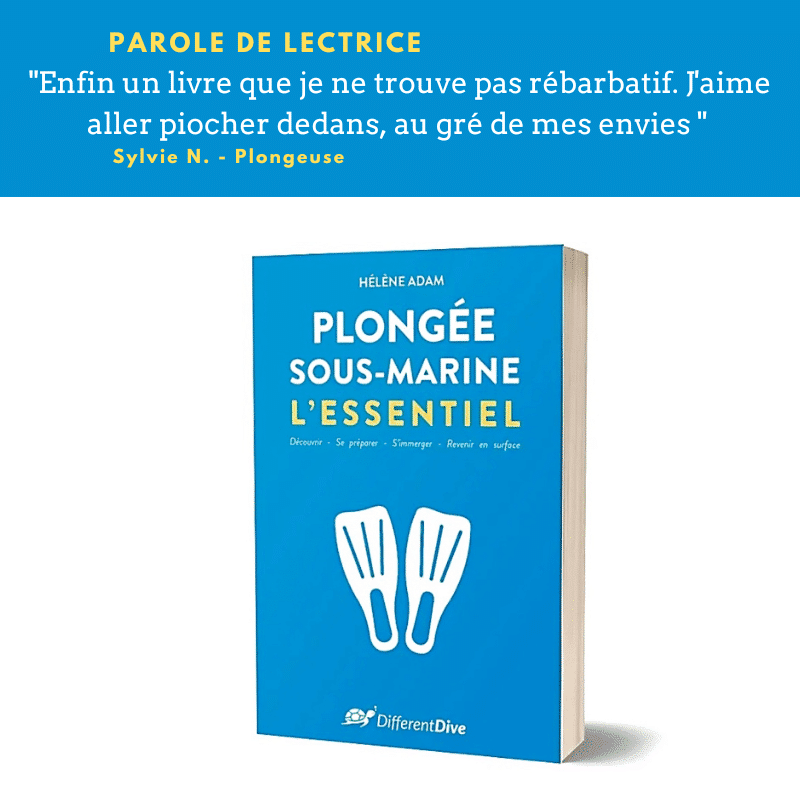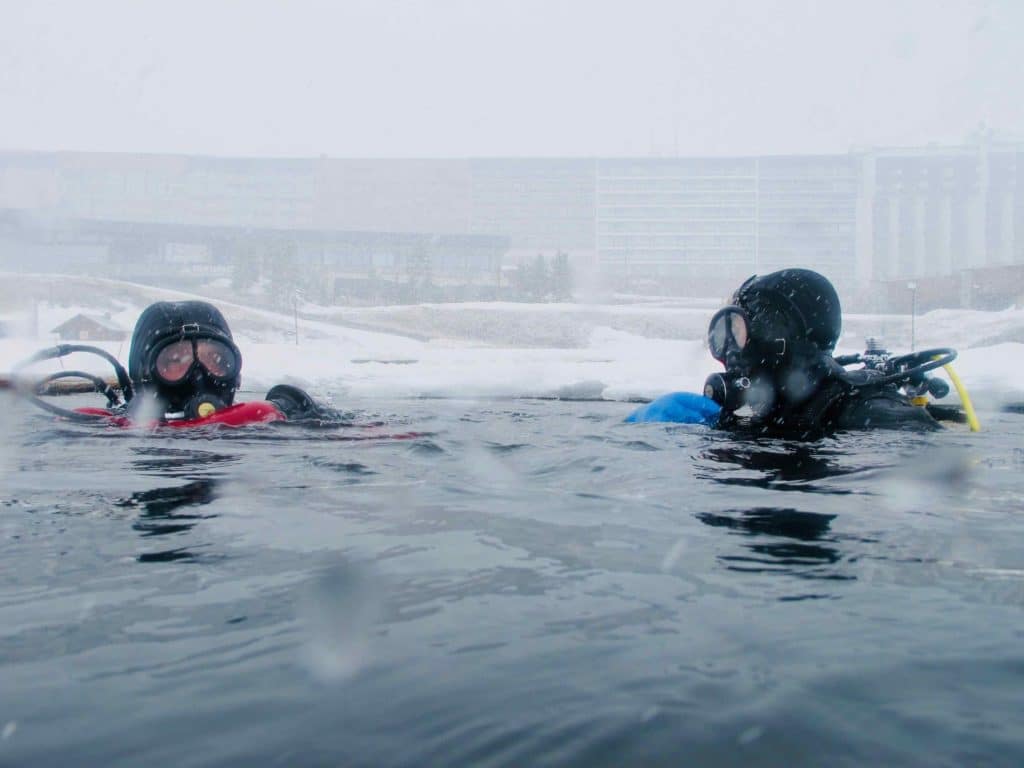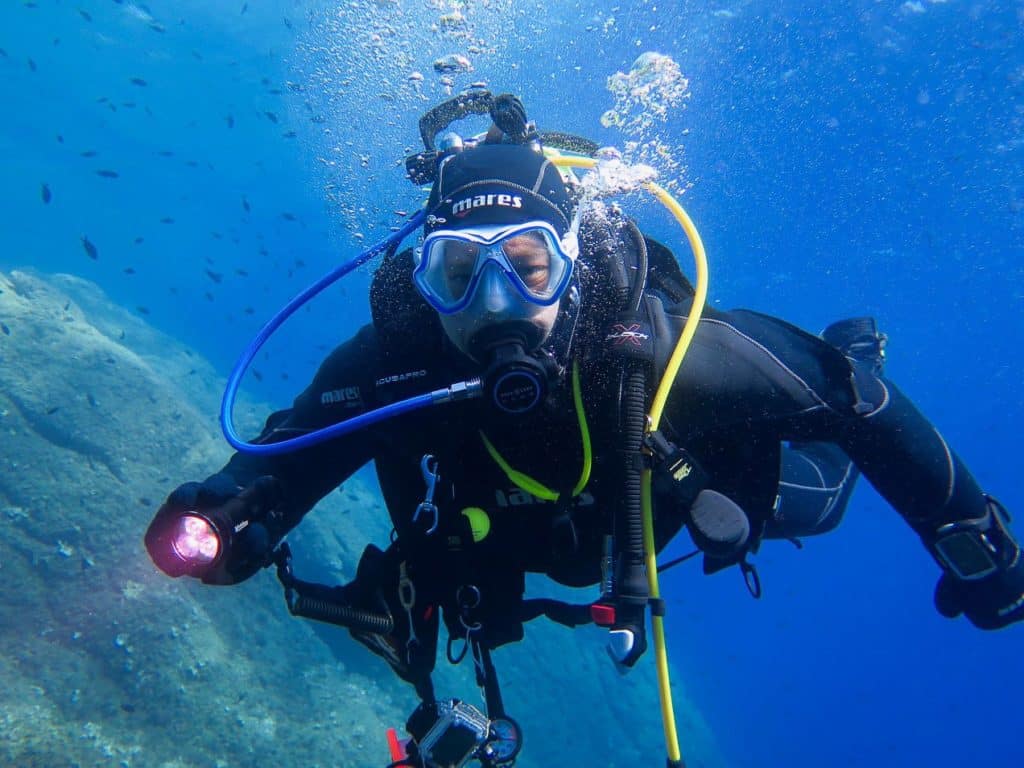Scuba diving : the focus on speciality accessible from the first level of diving

Scuba diving offers many opportunities to practice skills and adapt to individual tastes.
Indeed, once the first certification of diving in pocket, many specializations are possible.
They allow each one to continue learning while going towards dives corresponding as closely as possible to his objectives, passions and desires.
They also make it possible to ask oneself. To broaden one’s horizons, to gain experience by diving, before continuing one’s dive training course.
specializations from initial training:
Nitrox
This training allows to safeguard its diving. To understand the effects of different gases. Allow to reduce the effect of narcosis on nitrogen with a view to a higher level of diving, to reduce the risk of accidents especially for People suffering from a permeable foramen oval (+/- 25% of all divers) …
More about NITROX by reading this article
Night Dive
It concerns the diving between sunset and sunrise. If it offers a typical underwater life full of movement. (many fish hunt, lobsters come out of rocks, …), night diving requires more vigilance on other criteria (eg judicious use of its equipment, Safety instructions, guidance techniques, etc.) and imposes specific limitations (eg no exercises, no ice diving, …)
Discover the golden rule for a successful night dive by clicking on this link
Diving with drysuit
The cold is the enemy of the diver. Also, very useful for diving in cold water, the use of a drysuit is a judicious choice. This type of diving requires an initiation with an experienced instructor to understand the particular management of the buoyancy. The weighting management, the particularities due to the possible circulation of the air in the garment, …
Diving in dry suit is very useful for example for cold water dives like here
Underwater photography specializations
Take underwater photographs and realize once out of the water that they are not as beautiful as hoped. This might discourage many divers from persevering. Yet it is a pity in the digital age not to take advantage of the many technical possibilities to immortalize aesthetically your most beautiful dives. Underwater photography training will allow you to choose the right material, control buoyancy (especially with the ballast lung technique), use wisely light including flashes, choose your subject, composition, picture, …
And if we take the opportunity to understand “how far do not go too far in underwater photo”?
These specializations courses are regularly offered and easily realized from the first level of diving
The diver can also orient himself according to his interests towards Rescue formations «first aid», ecology, research, cave, wreck (without penetration), …
For more experienced divers, other specializations are also possible such as search, cave, photos, video, wrecks, environment, ice diving, cave dive (full cave), Deep Diver, Advanced Rescue, …
Do not hesitate to leave a message
Above all, … do not forget to be happy 😃
Helene









